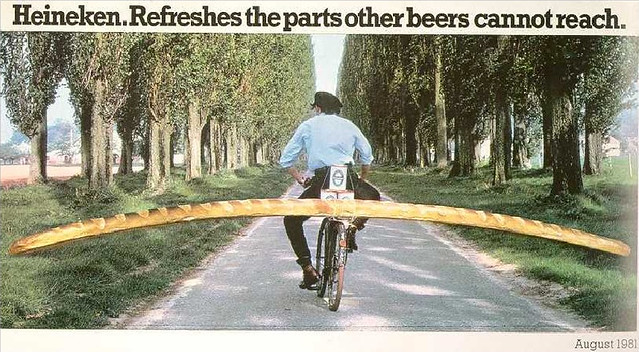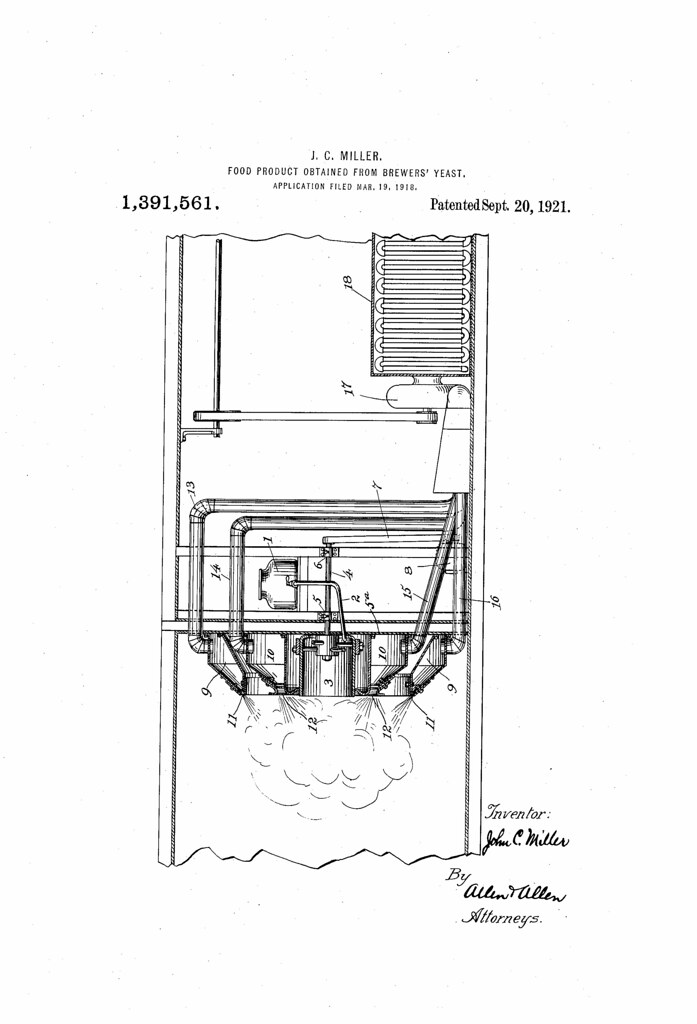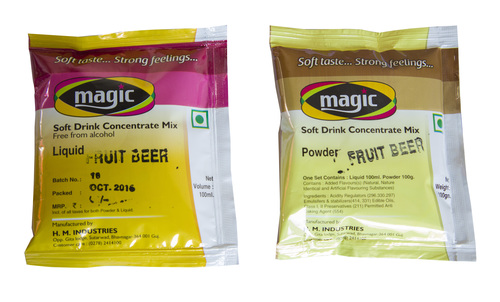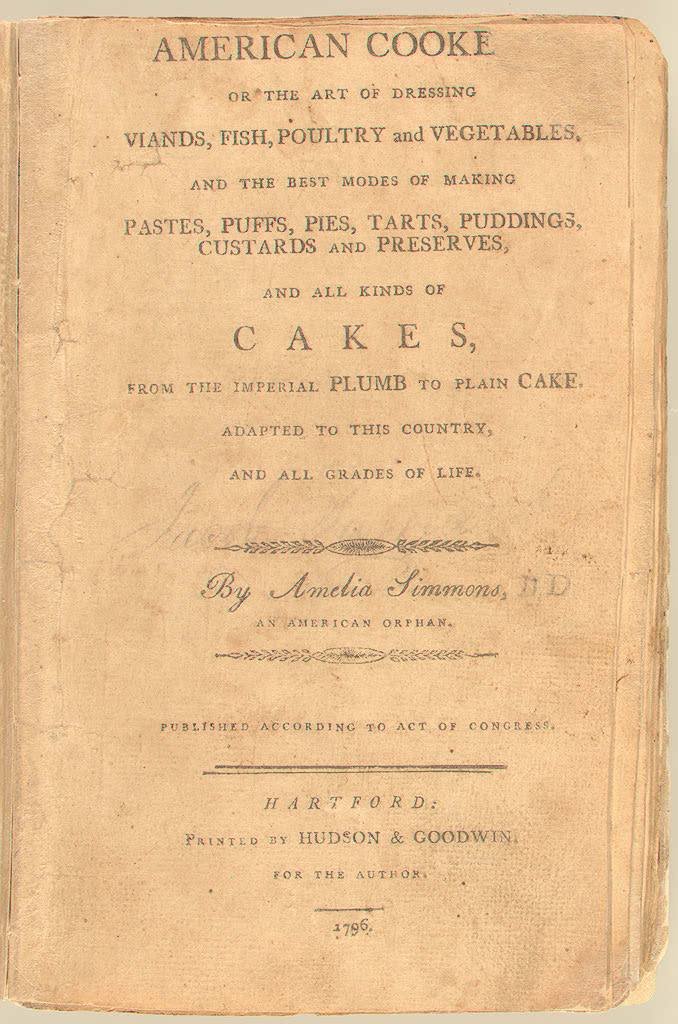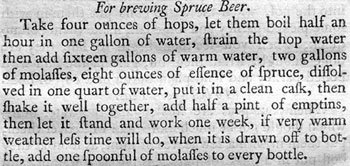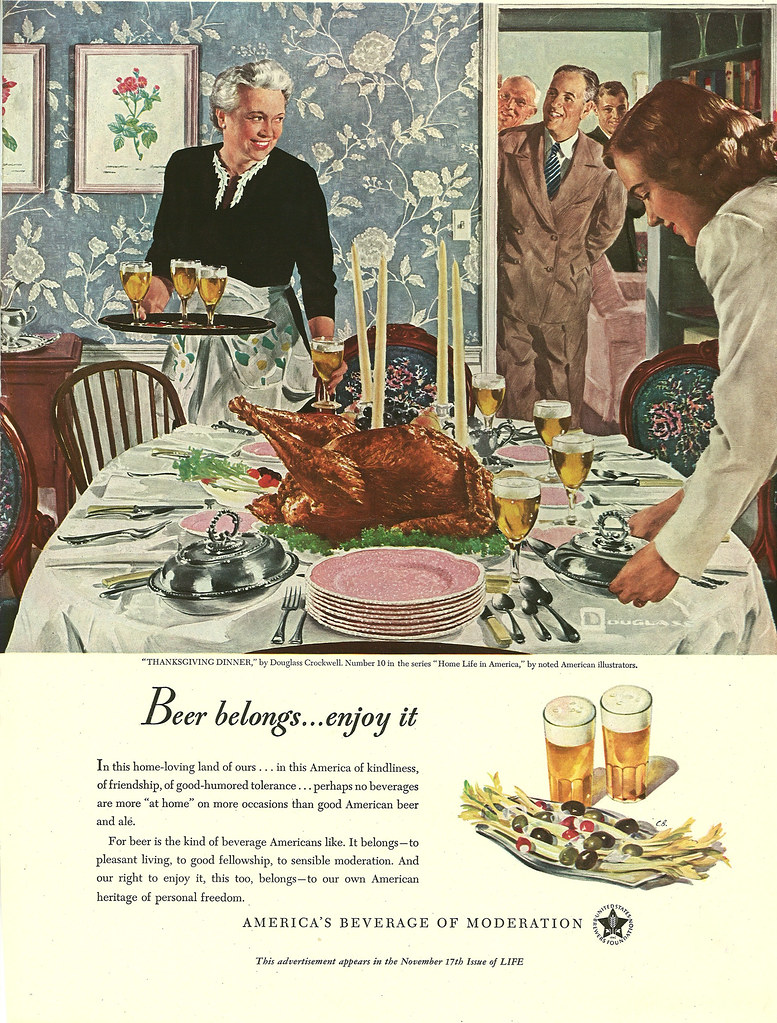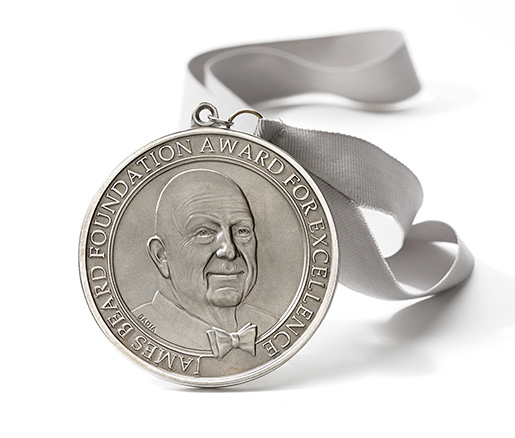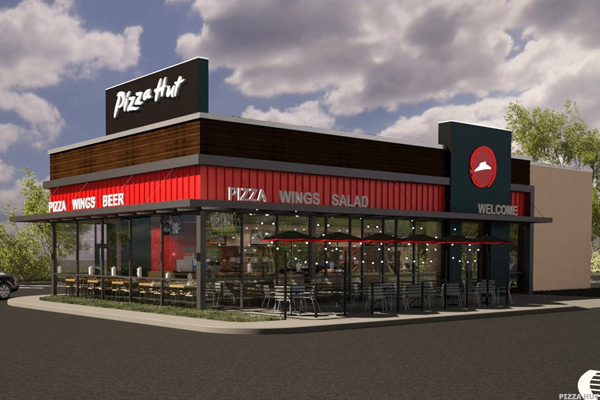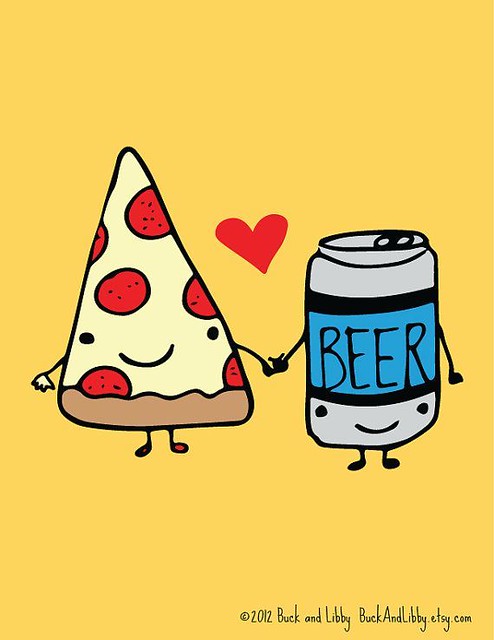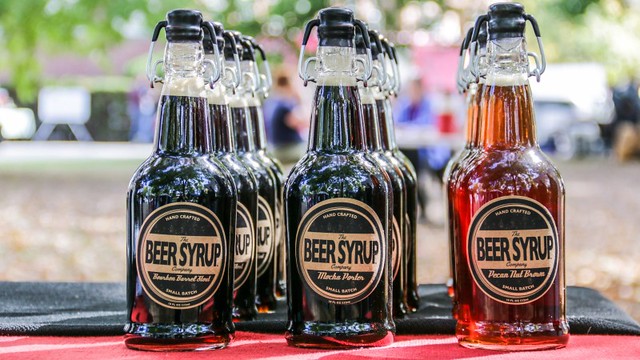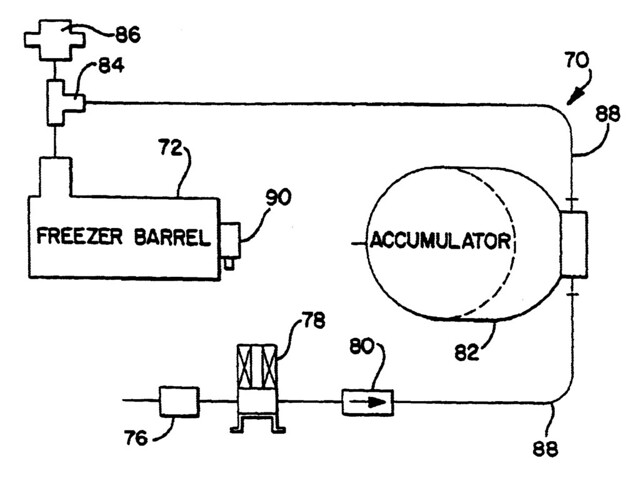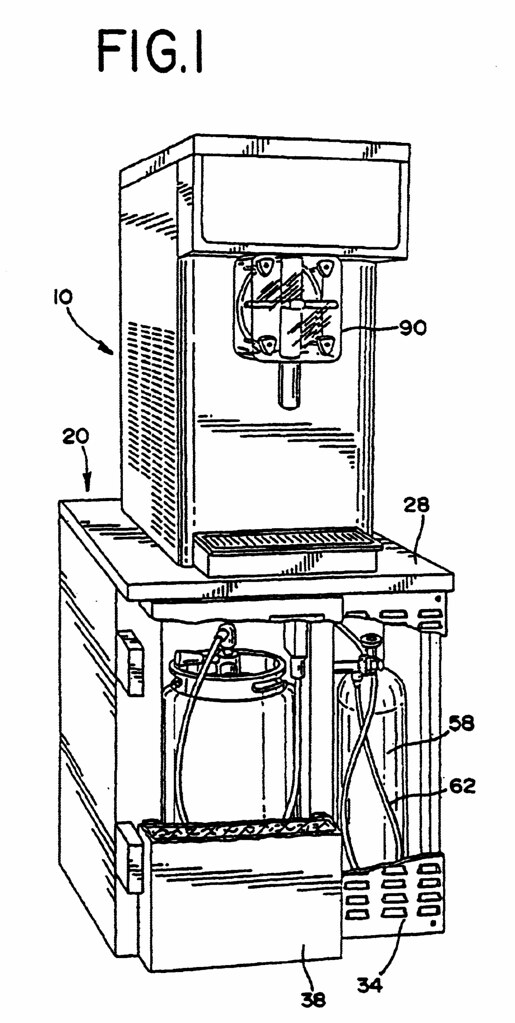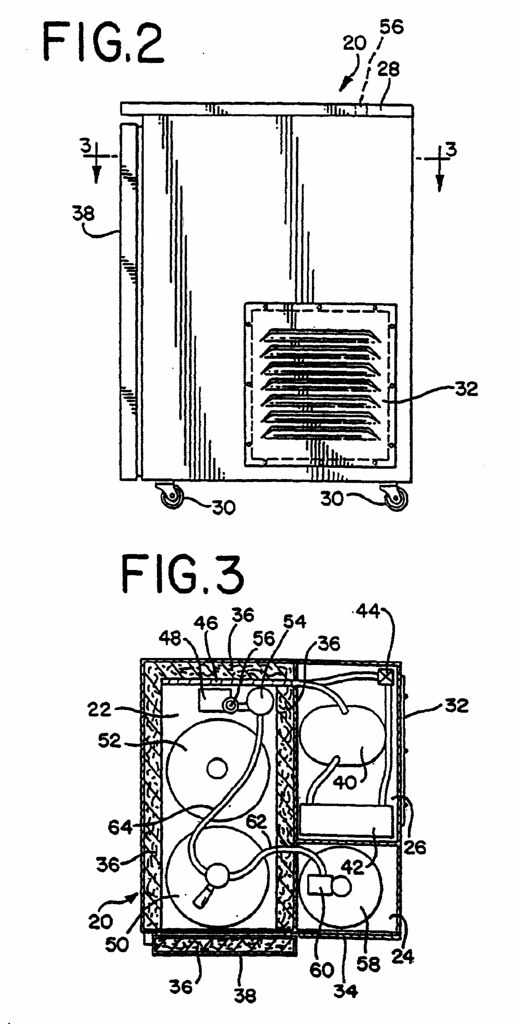
Thursday’s ad is for Guinness, from 1951. While the best known Guinness ads were undoubtedly the ones created by John Gilroy, Guinness had other creative ads throughout the same period and afterward, too, which are often overlooked. In this ad, the “Guinness Guide to Oysters,” nine different types of oysters are illustrated, each with a short description of how they taste, although I take the overriding assumption to be that they should be enjoyed with a Guinness.


